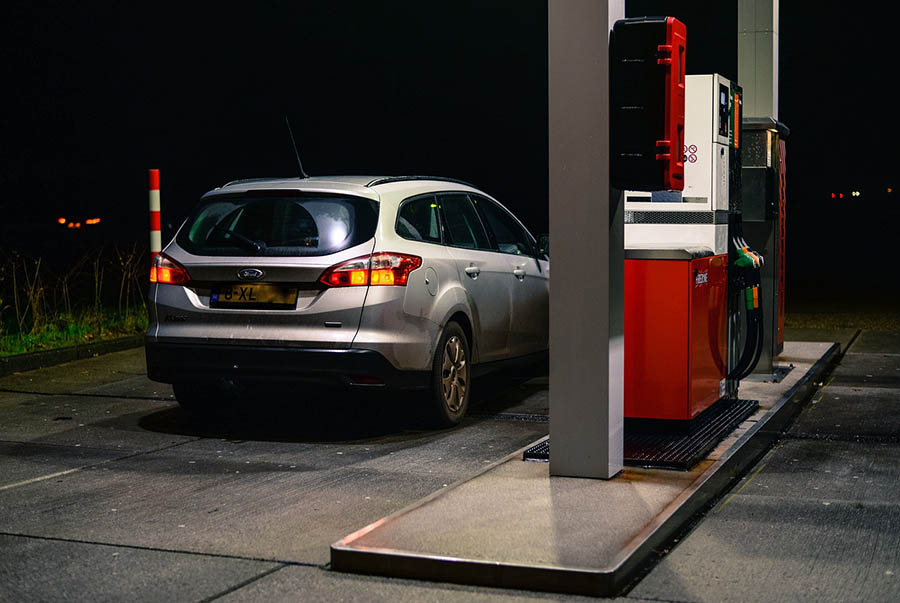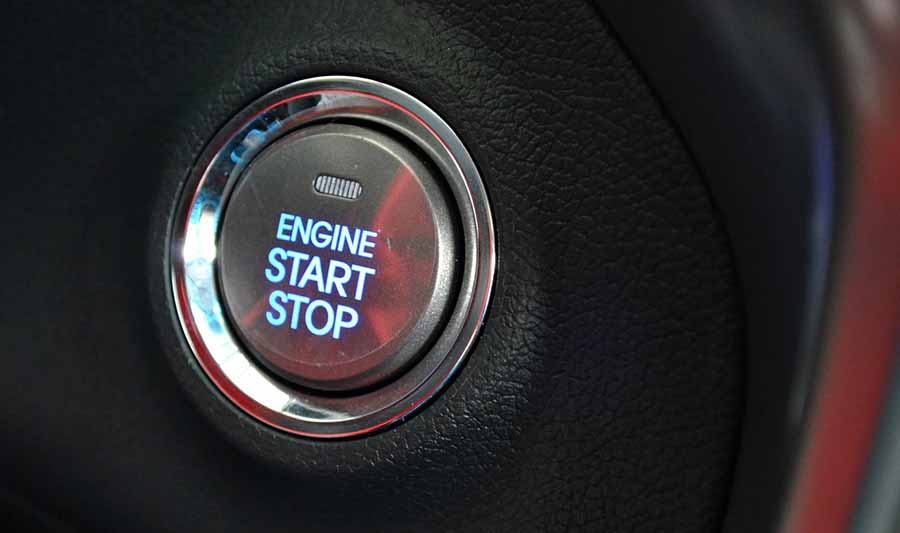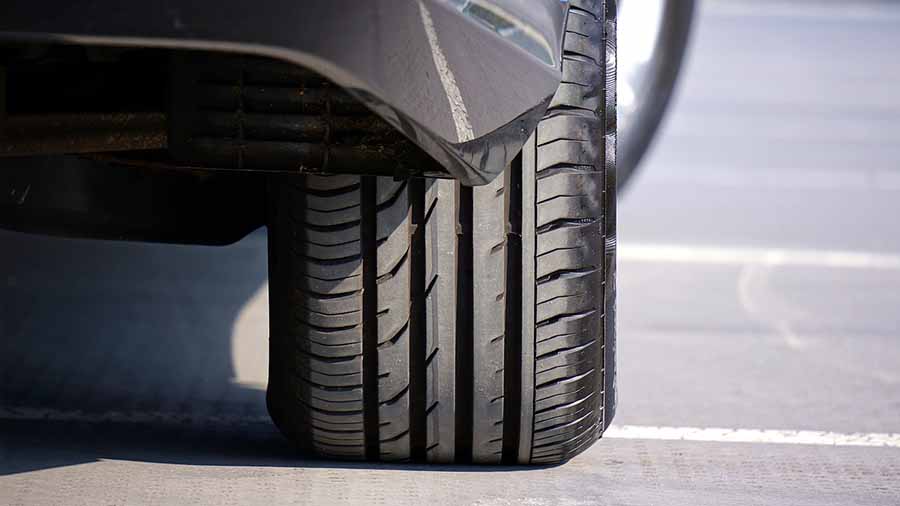Good to know, especially in times of rising fuel prices: Every driver can save up to 20 percent on fuel with a few simple tricks. And: Less fuel consumption also means less CO2 emissions. Here are the top 10 tips for saving fuel.

1. Optimize your driving style
Accelerate quickly, shift up in good time (at a speed of approx. 2000 rpm) and keep the selected speed at low speeds. Do not shift down until the engine jerks or starts to hum.
Read and follow the tips in the operating instructions for your car and also keep an eye on the consumption and gearshift indicators.

2. Drive with foresight
Braking wastes energy. You should therefore use the engine braking effect for as long as possible. Do not take out the aisle when you approach a red light. Most cars are equipped with an overrun cut-off that completely shuts off the fuel supply when overrun.

Take off the gas early and let the car roll the last few hundred meters into a town, for example, with the gear engaged, instead of suddenly braking immediately before.
3. Avoid short journeys
A car uses the most fuel when the engine is cold. In order to run smoothly, at least the gasoline engine needs a richer mixture (with a higher proportion of fuel) in the warm-up phase than at optimal operating temperature.

For short trips, it is better to switch to a bike or combine several single trips into a longer trip. In winter you should avoid letting the engine warm up while stationary – it is forbidden, pollutes the environment, costs extra fuel and damages the engine.
4. Switch the engine off while idling
As soon as the engine is running, it consumes fuel – even when the vehicle is not moving (around 0.5 to 1 liter per hour). Therefore: engine off if the idle time is likely to last longer than 20 seconds!
If you don’t have an automatic start-stop system, you can turn the key yourself. According to our knowledge, this additional load on the starter and battery is negligible, especially when the engine is warm.

5. Switch off unnecessary electrical consumers
Electrical devices in the car, such as control units, lighting, fans, air conditioning, safety and comfort equipment, draw their energy from the on-board network. The electrical energy is provided by the generator, which is driven by the internal combustion engine. As a result, switched on electrical devices and other consumers cost fuel.

In contrast to road resistance, the electrical energy requirement does not depend on the distance or speed, but on the time, i.e. the duration of use.
For example, depending on the vehicle model, technology and operating conditions, air conditioning leads to additional consumption of around 0.3 to 1.5 liters of fuel per 100 kilometers.
A parking heater costs about 0.2 to 0.5 liters more per hour.
A sensible use of these extras is good, because a pleasant interior climate keeps the driver fit. However, so that the fuel bill does not get too high, you should limit the switch-on periods to what is necessary.
By the way: Open side windows or sunroofs impair the air flow on the outer skin and can therefore also cost fuel. Windows open on both sides at 100 km / h, for example, lead to about 0.2 liters more fuel consumption. Only at low speeds – for example in city traffic – can therefore open windows bring a significant consumption advantage over air conditioning.
Attention: Never save on the lighting, the windscreen wipers or the windscreen heating and thus on safety!
6. Reduce the load and thus the total weight
Whether road atlas, crates of drinks or various small items: Every bit more in the car means more weight and costs fuel. The cause of this effect is the so-called mass inertia, i.e. the use of energy that is required to accelerate a mass to a higher speed.

So best to get everything you don’t need! 100 kilos of additional load result in up to 0.3 liters of additional consumption. The weight of a payload has a negative effect on fuel consumption, especially in unsteady city traffic. Every start, every acceleration therefore costs extra fuel.
Roof racks, roof boxes and bike racks in particular increase the consumption of your car significantly. You should therefore remove the roof and rear rack immediately after use. Basically, the transport of objects such as bicycles on a rear rack on a trailer coupling offers consumption advantages compared to transport on the vehicle roof.
7. Use energy-saving tires
The influence of the tires on the driving resistance is considerable, which is why tires are regularly checked for their rolling resistance. With optimized tires you can save up to 0.5 liters of fuel per 100 kilometers. This means that what at first glance appears to be an expensive tire with very low rolling resistance can more than pay for itself over its useful life.

8. Pay attention to the correct air pressure
You should also check the air pressure regularly, as too little air in the tires increases the consumption of your car. Even a 0.3 bar reduction in air pressure increases the rolling resistance and thus leads to unnecessary additional consumption.

To save even more fuel, you can moderately increase the tire pressure recommended by the vehicle manufacturer, provided this is described in the operating instructions.
9. Pay attention to regular maintenance
At first glance, this point seems unimportant, as modern vehicles are equipped with maintenance-free digital engine electronics. Basically there are no maintenance-dependent consumption factors here.

Nevertheless, give your vehicle for inspection regularly. Because there are spare parts that are definitely relevant to fuel consumption – such as the engine air filter. Regular oil changes, which should always be done with a modern low-viscosity oil, are also important for favorable consumption values. The specifications of the vehicle manufacturer must be observed here.









